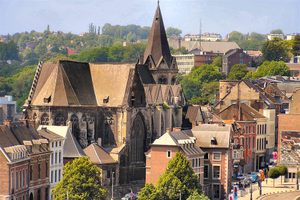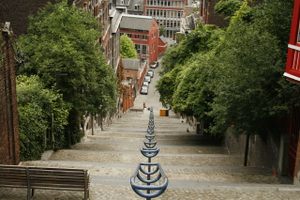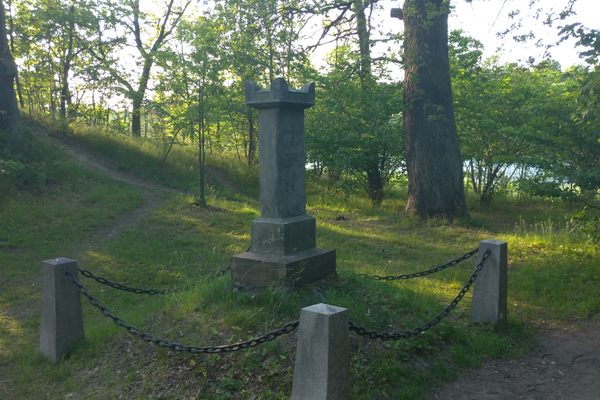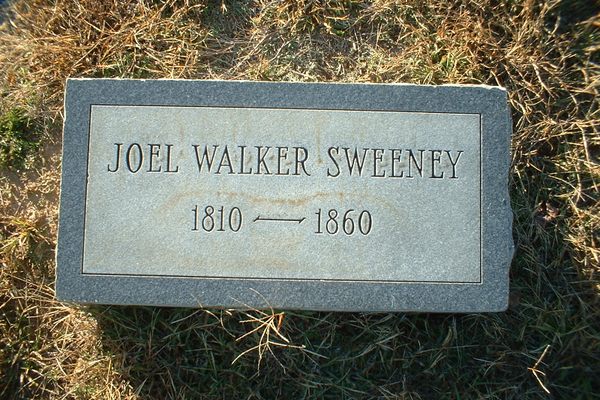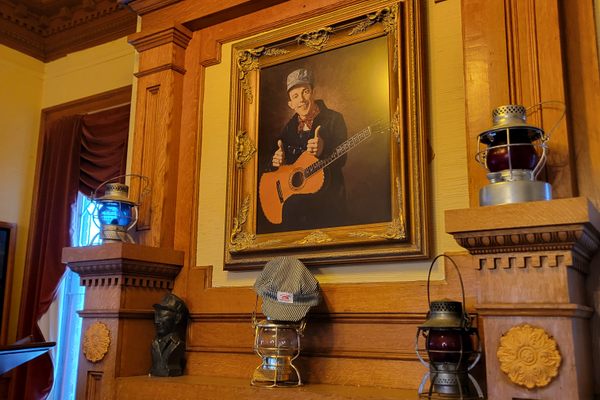About
André Grétry was one of the greatest composers of the late 18th and early 19th century. He became so renowned for his opéras comiques (comic operas) in France that he was asked to give music lessons to Queen Marie-Antoinette. After the French Revolution, he became Napoleon's protégé (one of the few personalities to succeed under both the old and new regimes). Covered in glory, he was given a state funeral when he died on the 24th of September 1813. In his last will, he asked to be buried in the cemetery of Père Lachaise in Paris. His heart, however, was to be returned to his native city of Liège in Belgium.
His nephew and sole heir, Louis Victor Flamand Grétry, wanted to carry out the last wishes of his uncle. He approached the mayor of Liège with an offer of the heart, but there was no reply. Dissatisfied, he refused to respond to any further requests from the city when they finally arrive. This initial misunderstanding escalated. In 1822, the city of Liège took legal action against the heir. In 1828, after a long legal saga, the court of justice ruled in favour of the town. Two deputies were sent to Paris to try to recover the heart.
In front of the University of Liège, a monumental statue of the composer was unveiled in 1842. It was one of the very first statues to be dedicated to an artist in a public place in Belgium. The bronze is the work of Guillaume Geefs. He is also responsible for the famous "Lucifer of Liège." For the inauguration, the bronze urn containing the heart of Gretry was placed in the base of the statue.
The sculpture was moved in front of the Opera in 1866 (to give way to a sculpture by André Dumont, professor of mineralogy and geology at the University of Liege). Gretry's sculpture and the urn were hidden during the Second World War. They were put back in their place when the war ended in 1945.
Today, Gretry's heart still stands in front of his home town's opera house. The rest of his body remains in the cemetery of Père Lachaise. He therefore has two graves. However, the one in Liège is without doubt the most astonishing because of the incongruity of its location.
Related Tags
Know Before You Go
The urn in which Gretry's heart is buried is located on the Place de l'Opéra in Liège. The city also houses the Gretry Museum in the house where Gretry was born.
Community Contributors
Added By
Published
January 6, 2025















